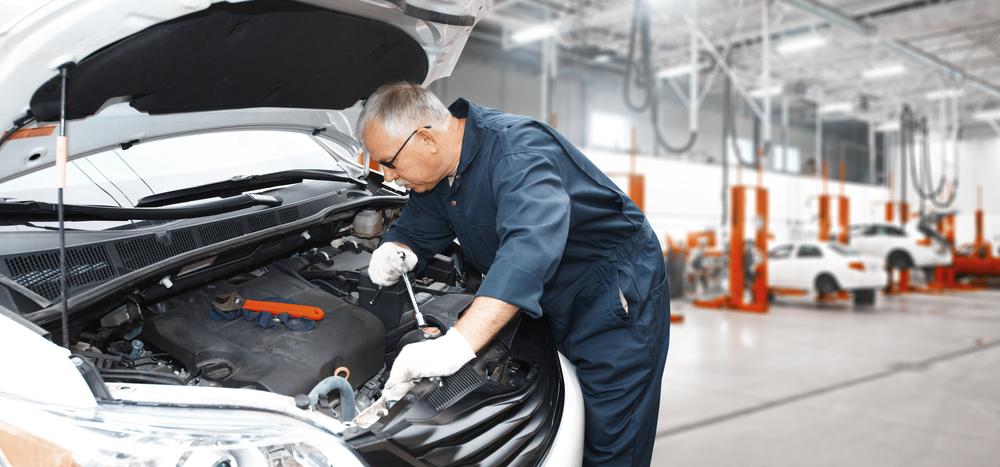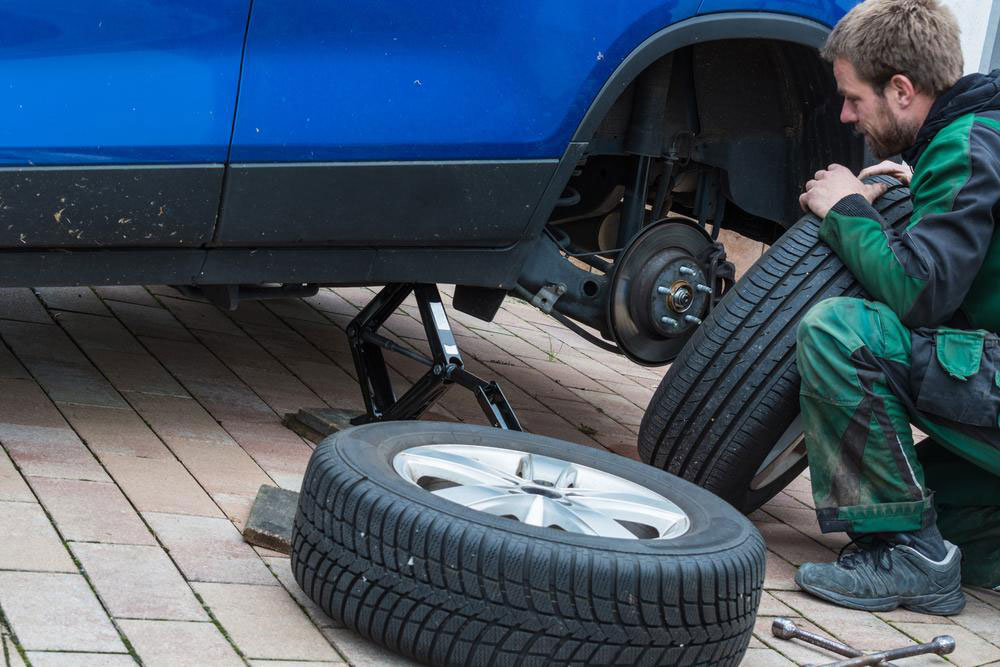Comprehensive Maintenance Guide to Keep Your 1991 Ford Explorer in Top Shape
Discover essential maintenance tips for your 1991 Ford Explorer to improve longevity and performance. Learn about key upkeep practices such as oil changes, tire care, battery replacement, and more to keep your vintage SUV running smoothly and safely for years to come. Regular maintenance is crucial for older vehicles, ensuring reliability and preserving value while enhancing driving experience.

Ensure Longevity and Optimal Performance of Your 1991 Ford Explorer
The Ford Explorer, introduced in the early 1990s, has become an iconic SUV celebrated for its rugged durability, versatile design, and reliable performance. Particularly the 1991 model, which continues to enjoy a loyal following among automotive enthusiasts, outdoor adventurers, and families alike. Despite the vehicle's age, with proper maintenance, you can keep your 1991 Ford Explorer running efficiently and safely for many more miles. Regular upkeep not only preserves the vehicle's value but also enhances its operational lifespan, ensuring that every drive remains smooth and trouble-free.
Maintaining an older vehicle like the 1991 Ford Explorer requires a consistent and strategic approach. Regular oil changes are crucial as they ensure that the engine operates smoothly by reducing friction and preventing wear. Changing the oil every 3,000 to 5,000 miles, depending on your driving conditions, helps prolong your engine’s lifespan. Additionally, tire maintenance plays a significant role in safe driving. Frequently check your tire pressure, rotate tires every 6,000 to 8,000 miles, and replace worn-out tires to maintain optimal traction and safety. Your braking system also warrants regular inspection; replacing brake pads before they wear out completely can prevent more costly repairs and ensure reliable stopping power.
Battery health is another critical factor in older vehicles. The typical lifespan of a car battery is about three to five years. Proactively replacing your battery around the three-year mark can prevent unexpected failures that might leave you stranded. When inspecting your battery, look for signs of corrosion, low charge, or swelling, and clean or replace it as needed. Fluids such as coolant, transmission fluid, and power steering fluid should also be checked regularly. Maintaining the correct fluid levels and replacing them at recommended intervals prevents overheating and mechanical issues.
The importance of a thorough engine check cannot be overstated. Regular inspections can identify potential problems before they escalate. This includes examining belts and hoses for cracks or leaks, inspecting the exhaust system, and ensuring all connections are secure. A well-maintained engine not only improves fuel efficiency but also reduces emissions and mechanical failures. Investing in professional tune-ups periodically keeps your 1991 Ford Explorer operating at peak performance.
Moreover, addressing exterior and interior upkeep enhances the vehicle's appearance and comfort. Washing the vehicle regularly prevents rust and paint deterioration, especially in regions with harsh weather or salted roads. Interior cleaning and conditioning make long drives more enjoyable and help preserve the fabric and dashboard from wear and tear. Additionally, replacing windshield wipers annually ensures visibility during adverse weather conditions, contributing to safer driving.
In summary, maintaining a vintage vehicle like the 1991 Ford Explorer involves a comprehensive approach that includes engine care, tire management, battery replacement, fluid checks, and exterior upkeep. Implementing these tips can significantly extend your vehicle’s operational life, keeping it reliable for daily use or recreational adventures. With proper maintenance, your classic Explorer will continue to provide dependable service, capturing the spirit of adventure and exploration that made it popular decades ago.





